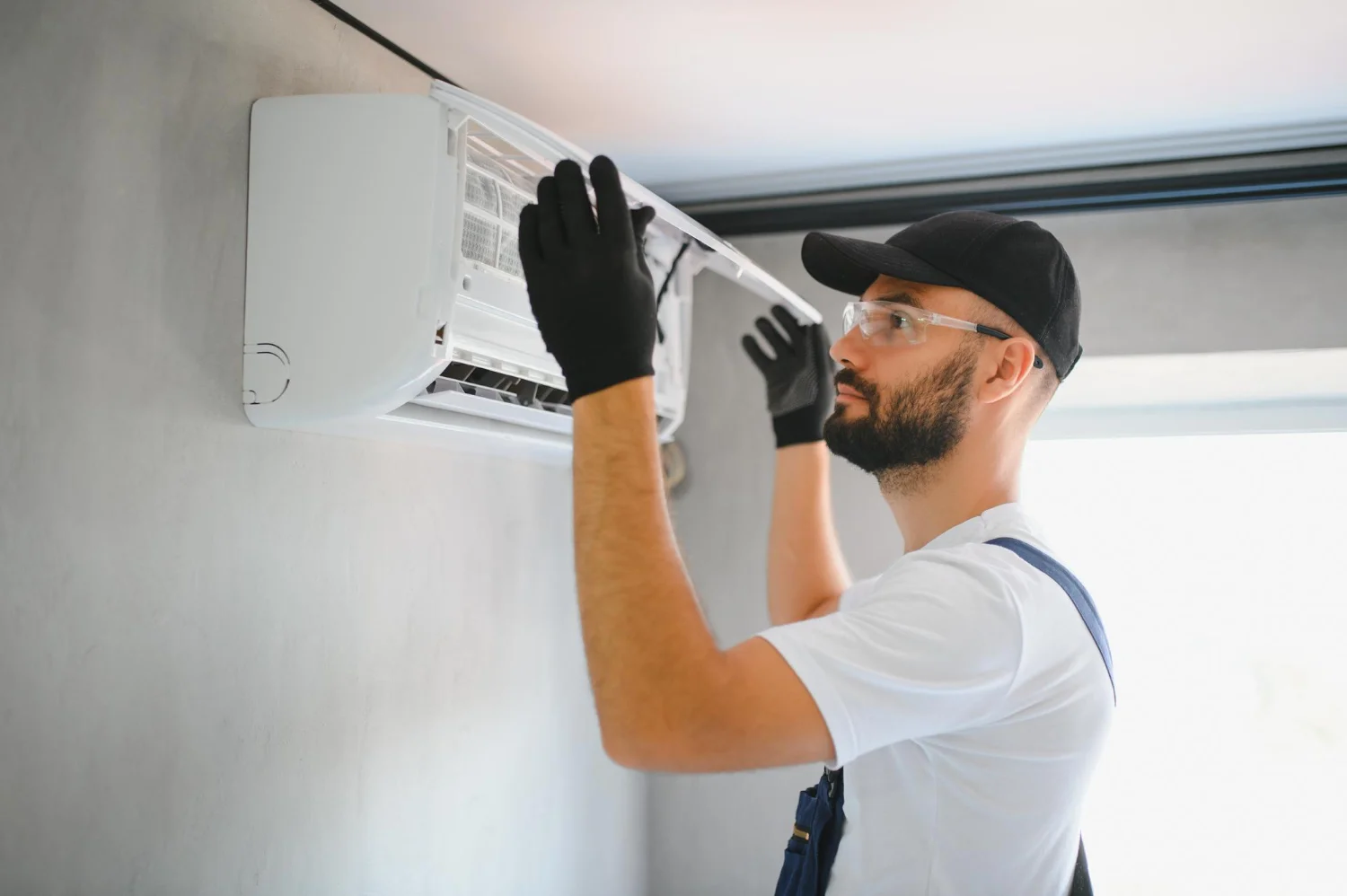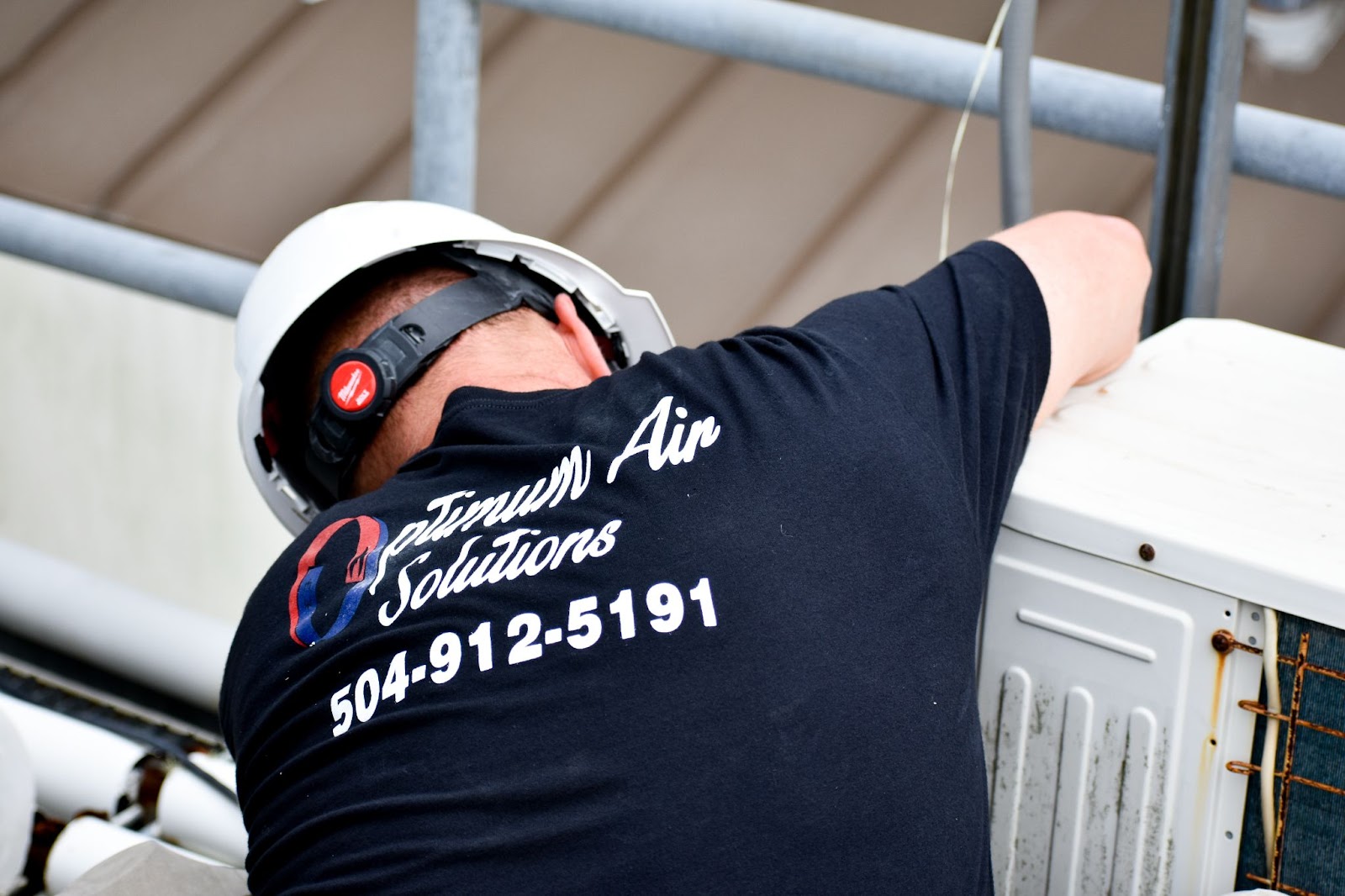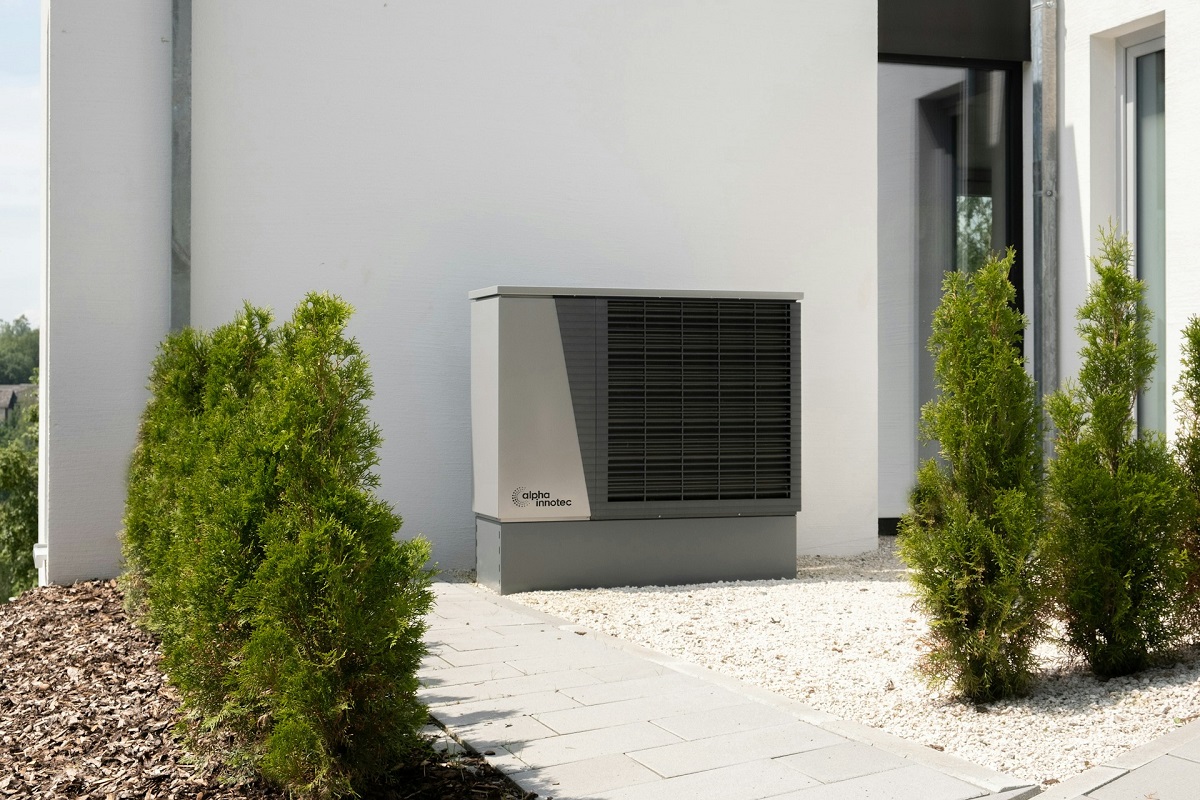
Are you wondering about the best type of insulation to keep your home comfortable all year round, whether it’s hot or cold outside? Choosing the right insulation can be a bit tricky, and we understand that. It’s a decision that can affect how cozy your home feels and even how much you spend on energy bills.
But don’t worry! You are in the right place. In this article, we will be your helpful guide on this insulation journey on How to Choose the Best Insulation for your House. We will talk about the different insulation options in simple terms, making it easy for you to decide.
So, let’s get started on How to Choose the Best Insulation for your home.
Different Types of Insulation
Before getting straight to the best type of insulation, it’s better to first understand the different types of insulation available in the market.
Understanding the different types of insulation available in the market is essential in making an informed decision for your unique needs.
- Fiberglass Insulation: This type of insulation is perhaps one of the most common. It consists of tiny glass fibers and is known for its affordability and effectiveness in both residential and commercial settings.
- Cellulose Insulation: Made from recycled paper products, cellulose insulation is an eco-friendly choice. It’s known for its thermal performance and is often used in attics and walls.
- Spray Foam Insulation: Spray foam is a versatile option that expands to fill gaps and provides an airtight seal. It’s excellent for preventing air leaks and is known for its high R-value, indicating its insulating power.
- Rigid Foam Board Insulation: This type of insulation is made from polystyrene, polyurethane, or polyisocyanurate. It’s popular for its durability and suitability for various applications, including under-slab insulation and exterior sheathing.
- Mineral Wool Insulation: Made from volcanic rock or slag, mineral wool insulation is fire-resistant and provides excellent soundproofing properties. It’s often used in commercial buildings and areas where fire safety is a concern.
Each of these insulation types has its strengths and weaknesses, so it’s essential to choose the right one according to your needs and budget.
How to Choose the Best Insulation for Your Home?

Now that we have covered the different types of insulation available, it’s time to delve into the process of selecting the best insulation for your house.
This decision isn’t one-size-fits-all; it depends on several factors, so let’s break down the key considerations to guide you through the selection process.
- Climate:
Your local climate significantly influences the choice of insulation for your home. In regions with frigid winters, such as the northern United States, insulation with a high R-value, like fiberglass batts or spray foam, is essential to keep your home warm and reduce heating costs.
Conversely, in hot and sunny areas like the South, where cooling your home during scorching summers is a priority, opt for insulation materials like reflective foil insulation or radiant barrier insulation that effectively block heat from entering, reducing the strain on your air conditioning system and lowering energy bills.
Find out how you can achieve efficient comfort with High-Quality commercial AC installation.
- Budget:
Your budget is a critical factor in selecting insulation materials. Consider both the upfront cost of materials and the long-term savings they offer.
While options like fiberglass batts and cellulose insulation may have a lower initial investment, spray foam insulation can result in significant energy savings over the years, making it more budget-friendly in the long run.
Weigh the costs against the expected benefits to find the best balance for your financial situation.
- Installation Area:
Different areas of your home require specific insulation types. For attics, where heat tends to rise, it’s crucial to prioritize insulation with a high R-value, such as blown-in fiberglass or rigid foam board insulation.
When insulating wall cavities, materials like fiberglass batts or cellulose insulation that fit snugly and effectively fill the space are ideal. In spaces like floors and crawl spaces, where moisture can be an issue, opt for moisture-resistant insulation options like closed-cell spray foam or extruded polystyrene (XPS) foam board.
- Environmental Impact:
If you’re environmentally conscious, consider the ecological footprint of your insulation choice. Look for materials with recycled content or those that are sustainably sourced. Cellulose insulation, made from recycled paper, and fiberglass products with a high percentage of recycled content are eco-friendly options.
By selecting these materials, you can reduce your impact on the environment while ensuring your home remains energy-efficient.
- R-Value:
The R-value of insulation measures its thermal resistance. Higher R-values indicate better insulating properties. To make an informed decision, research the recommended R-values for your area based on local climate conditions and building codes.
This ensures that your insulation, whether it’s fiberglass batts, mineral wool insulation, or spray foam, provides optimal effectiveness in keeping your home comfortable year-round while minimizing energy consumption.
- Moisture Resistance:
In areas of your home prone to moisture, such as basements, it’s crucial to choose insulation that can withstand damp conditions.
Closed-cell spray foam, extruded polystyrene (XPS) foam board insulation, or rigid foam board insulation are excellent options known for their moisture-resistant properties.
Properly managing moisture will help prevent water damage and mold growth, ensuring a healthy and durable insulation solution.
- Fire Safety:
In regions with stringent fire safety regulations or if you prioritize added fire resistance in your home, select insulation materials designed for this purpose. Mineral wool insulation and certain fiberglass products, like fire-resistant fiberglass batts or boards, are renowned for their fire-resistant properties.
This extra layer of safety can provide peace of mind, especially in areas where fire safety is a concern.
- Soundproofing:
If noise control is a priority, especially in shared living spaces or areas near noisy streets, consider insulation materials designed for soundproofing, such as acoustic fiberglass or mineral wool.
These insulation types are highly effective in reducing sound transmission, creating a quieter and more comfortable living environment.
- Professional Installation:
Determine your level of expertise and whether you’re equipped for DIY installation. Some insulation types, like spray foam insulation, may require specialized equipment and professional expertise.
If you’re unsure or prefer a hassle-free installation, hiring a professional insulation contractor to install fiberglass batts, spray foam, or other materials can ensure the job is done correctly and efficiently, optimizing your insulation’s performance.
Final Words
By considering these factors and your specific needs, you can make an informed decision and choose the best insulation for your house. Remember that a well-insulated home not only enhances comfort but also saves you money on energy bills in the long run.
continue reading
Related Posts
“Comfort is priceless, but your AC shouldn’t be.” When the
If you have never needed an air conditioner (AC) replacement
Are you considering upgrading to a new heating system but



